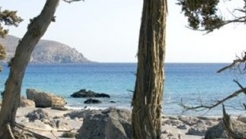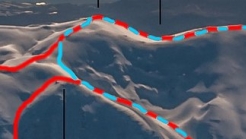

Greece
The Piraeus Archaeological Museum offers the visitor a complete image of the city’s history, which was marked by great sevelopment during the ancient times, both as a commercial center of the eastern Mediterranean, and also as a naval base of ancient Athens.
The collection of tombal monuments from the area of the northern cemetery of the ancient city was the center of the Piraeus Archaeological Museum’s collection. This small, but important collection, was first housed in the city’s high school, on Korai square. In 1935, the first Archaeological Museum of Piraeus was founded, situated in the small building of eclecticistic style on Filellinon str., on the northern side of Zea theatre.
The museum as it stands today, was founded in 1966 as an extension of the old one, and opened its gates to the public in 1981. The Piraeus Archaeological Museum offers the visitor a complete image of the city’s history, which was marked by great sevelopment during the ancient times, both as a commercial center of the eastern Mediterranean, and also as a naval base of ancient Athens


If you follow the dirt road from Elafonissi, this “hidden” beach will appear behind a rock. Leave your car at the plateau you will find, and walk the downward path, which will lead you after a few minutes to an amazing cedar forest.


Jazz with colours from Crete and the Middle EastTuesday of 24 July 2018 20:30 in Kipotheatro Mano Chatzidakis in Irakleios and Wednesday of 25 July in 8.30mm in the hospitable space of wine factory Manoysaki in Batolakko Chanias, Maria Manoysaki organises the 5th International Musical Festival Crete


Pierra Creta southernmost ski mountaineering event. Pierra Creta is a ski mountaineering race held in the mountains of Crete. It was organized for first time in March 2014, and in 2015 as a team race with great success. After two successful consecutive editions, “Pierra Creta” is a bi-annual event!
1039 Ε 6061 01515 00